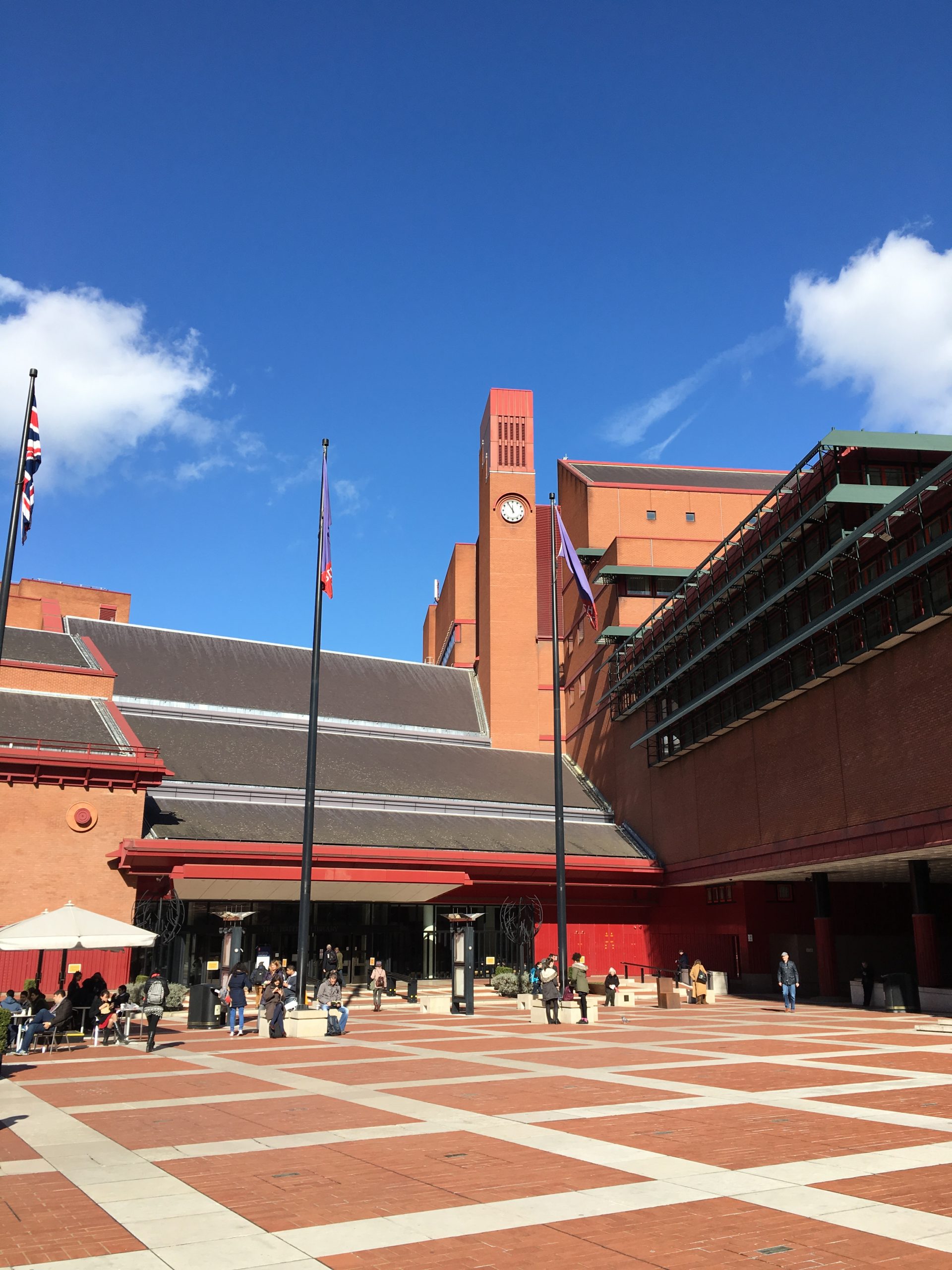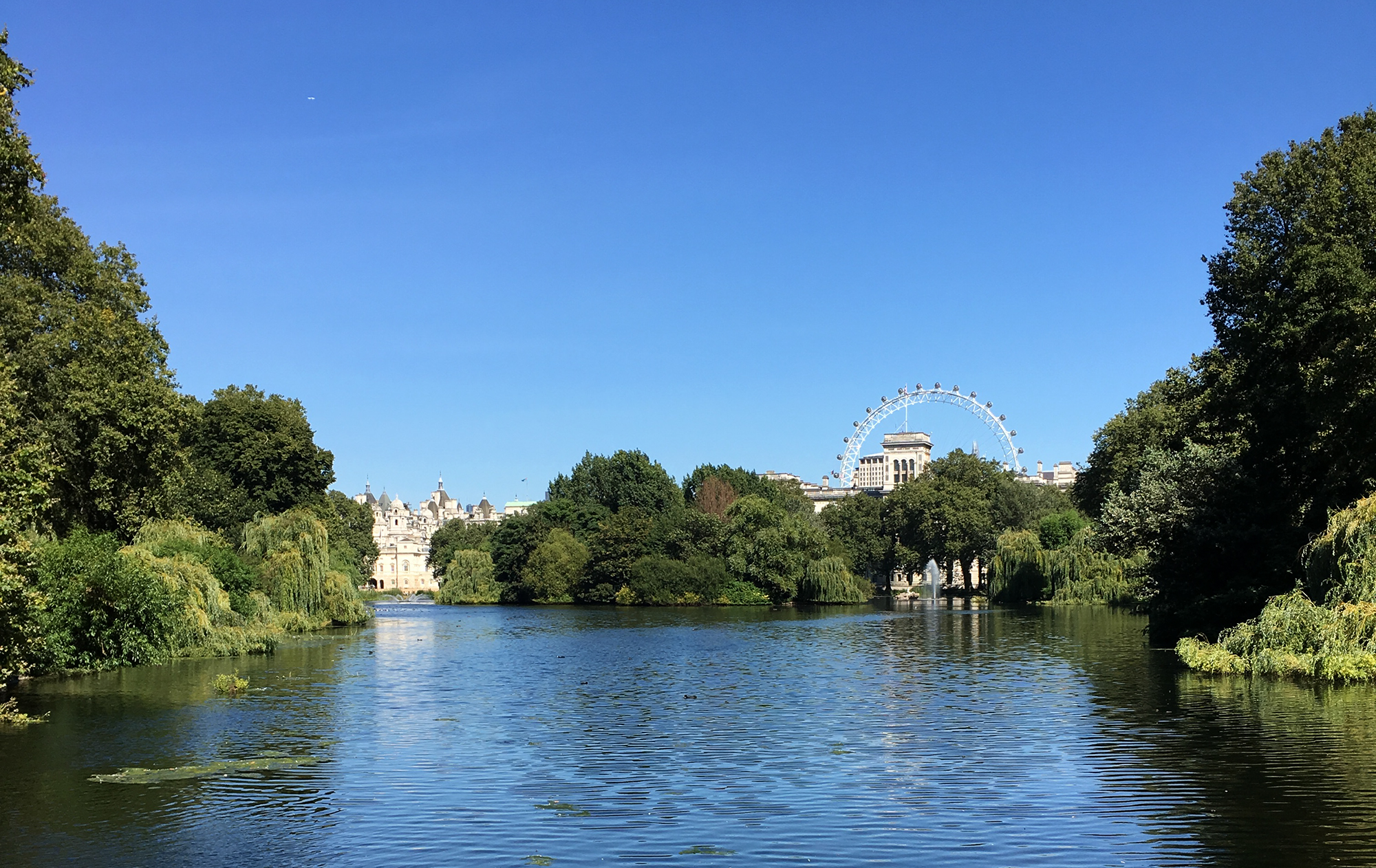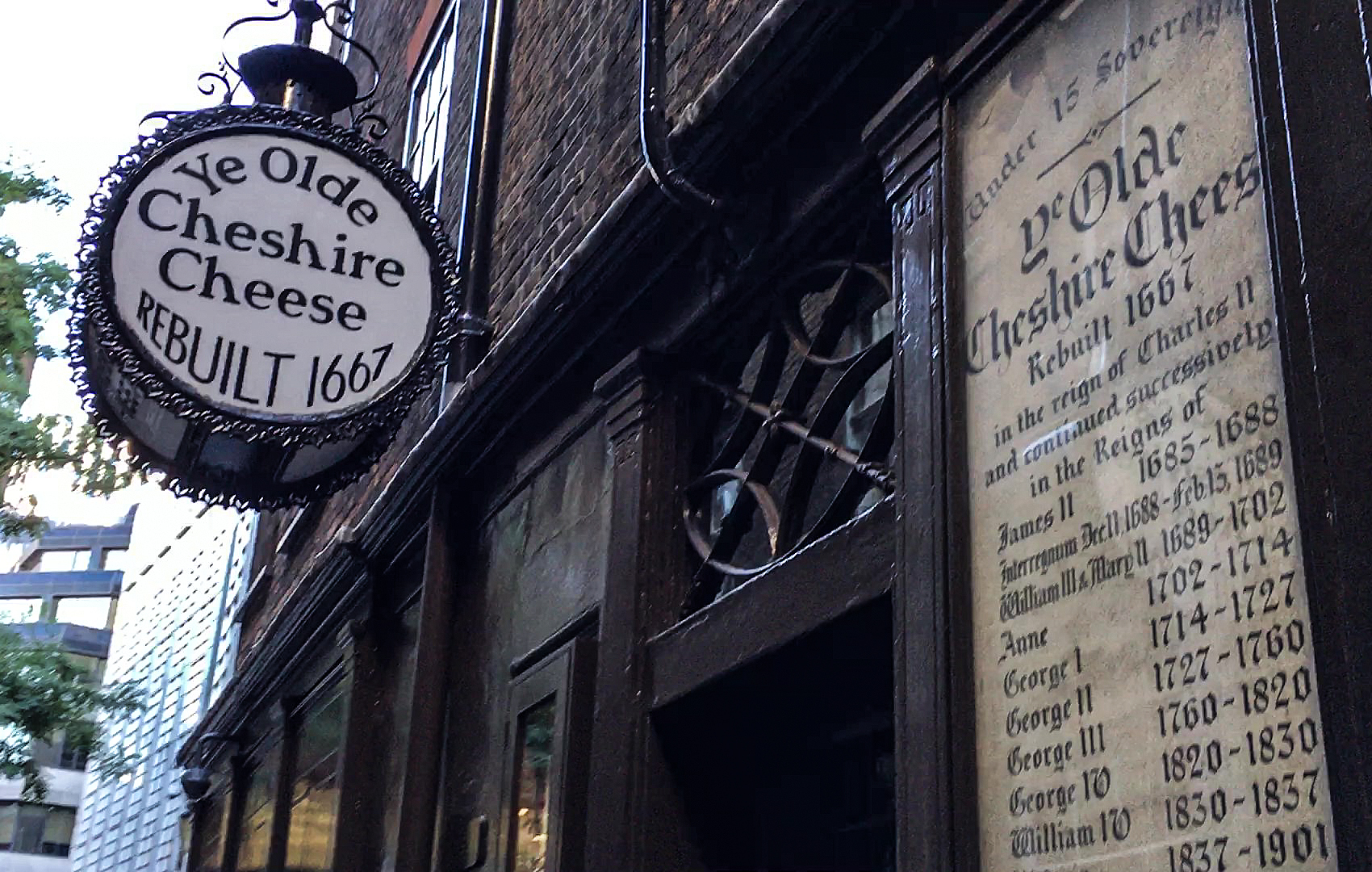For centuries, London’s streets and landmarks have shaped the lives and works of writers. Authors including Charles Dickens, William Shakespeare and Virginia Woolf have immortalised the city in their works, documenting life in the capital. From historic pubs and churches to writers’ houses and Royal Parks, discover some of the places that celebrate London’s literary heritage.

The George Inn, Southwark
Tucked away from the bustle of Borough Market is this timber-fronted pub, London’s last remaining galleried inn. With a history stretching back around 600 years, The George has welcomed writers including Charles Dickens, who referred to it in his novel Little Dorrit, and possibly William Shakespeare. The site also has connections to Geoffrey Chaucer. In his fourteenth century work The Canterbury Tales, Chaucer has his pilgrims begin their journey to Canterbury at The Tabard Inn – The George’s neighbour until its demolition in 1876. The present-day structure of The George dates to the 17th century and is complete with panelled rooms and an extensive courtyard.
Getting here: 75-77 Borough High Street, Southwark, SE1 1NH
Nearest stations: London Bridge (National Rail services, Northern and Jubilee underground lines)
Visit nationaltrust.org.uk for more information

The British Library, King’s Cross
One of the world’s largest libraries, the British Library is a treasure trove for book lovers. Its collections include more than 170 million items, from 3,000-year-old Chinese oracle bones to Arabic manuscripts. Make sure to head to the Sir John Ritblat Treasures Gallery to see some of the collections’ most remarkable items, which include Magna Carta, the Beowulf manuscript and Jane Austen’s writing desk.
Getting here: 96 Euston Road, London, NW1 2DB
Nearest stations: King’s Cross & St Pancras International (National Rail services, Eurostar, Circle, Hammersmith and City, Northern, Piccadilly and Victoria underground lines); Euston (National Rail services, London Overground, Northern and Victoria underground lines)

St James’s Park, Westminster
For more than 400 years, St James’s Park has provided the backdrop for ceremonial and royal events. It has also been a setting for works of literature, such as Virginia Woolf’s Mrs Dalloway. Set over the course of a single day, Woolf’s modernist novel charts Clarissa Dalloway’s walk around London as she prepares for a party. Beginning at Westminster, Clarissa’s route takes her through St James’s Park, to Hatchards’ bookshop in Piccadilly and on to Bond Street.
Getting here: St James’s Park, London, SW1A 2BJ
Nearest stations: St James’s Park underground station (District and Circle lines), Charing Cross (National Rail services, Northern and Bakerloo underground lines), Westminster underground station (Jubilee, District and Circle lines)
Head to royalparks.org.uk for more information

St Dunstan-in-the-West, Fleet Street
Not only known for its unusual clock – which features two giants striking a bell with their clubs – St Dunstan-in-the-West is famously connected with the story of Sweeney Todd. In the Victorian tale Sweeney Todd and the String of Pearls – the first fictional account of the villainous barber – Sweeney disposes of his victims’ bodies in the neighbouring crypt at St Dunstan’s. Sweeney Todd and the String of Pearls was published in instalments between the years 1846-1847, and was written by Thomas Preskett Prest (although now attributed to James Malcolm Rymer). For more information about the story of Sweeney Todd, read my previous blog post here.
Getting here: 186a Fleet Street, Holborn, London, EC4A 2HR
Nearest underground stations: Chancery Lane (Central line), Temple (Circle and District lines)
Visit stdunstaninthewest.org for more details

Platform 9 ¾, King’s Cross Station
A must-see spot for Harry Potter fans, this installation marks the place where Hogwarts students board the Hogwarts Express. To access the concealed platform, students have to walk straight at the barrier between platforms 9 and 10. Several London locations were featured in the Harry Potter films, such as Leadenhall Market in the City of London, which was used as Diagon Alley, and the Reptile House at ZSL London Zoo, the place where Harry discovered his ability to talk to snakes. The opening of the sixth film, Harry Potter and the Half-Blood Prince, shows the Millennium Bridge being destroyed by Death Eaters.
Getting here: King’s Cross Station (National Rail services, Circle, Piccadilly, Hammersmith and City, Northern, Metropolitan and Victoria underground lines)

Ye Olde Cheshire Cheese, Fleet Street
Located in a narrow alley, Ye Olde Cheshire Cheese is one of London’s oldest pubs. Its labyrinthine interior has hosted literary figures, including: Dr Samuel Johnson, Charles Dickens, W. B. Yeats, Sir Arthur Conan Doyle and Alfred, Lord Tennyson. The pub was rebuilt in 1667 following the Great Fire of London, and contains sawdust covered floors and a coal fire. Outside the entrance, a sign listing the monarchs who have reigned during the pub’s history can be seen.
Getting here: 145 Fleet Street, London, EC4A 2BU
Nearest stations: City Thameslink (National Rail services), Blackfriars (National Rail services, Circle and District underground lines)

Dr Johnson’s House, Gough Square
Just a short distance from Ye Olde Cheshire Cheese is this Georgian townhouse, the home of the 18th century writer, Dr Samuel Johnson. Here, the lexicographer compiled his masterpiece, A Dictionary of the English Language – an endeavour that took him nine years to complete. Published in 1755, the work contains 42,773 definitions. Johnson was a prolific writer, and produced works including the play Irene, an essay series titled The Rambler, and a critical edition of the plays of William Shakespeare. He is remembered for his famous saying, ‘When a man is tired of London, he is tired of life.’ For more information about the life of Dr Johnson, check out my previous blog post.
Getting here: 17 Gough Square, London, EC4A 3DE
Nearest stations: City Thameslink (National Rail services), Blackfriars (National Rail services, Circle and District underground lines), Chancery Lane underground station (Central line)
Visit drjohnsonshouse.org for more information

Shakespeare’s Globe, Bankside
One of Bankside’s most recognisable landmarks, Shakespeare’s Globe is a reconstruction of the Globe Theatre, the place where many of Shakespeare’s plays were performed. The Globe Theatre opened in 1599 and was built by the Lord Chamberlain’s Men – the company that Shakespeare acted with. It was here that the first performances of Shakespeare’s plays were staged, including Hamlet, King Lear, Macbeth, Othello, Antony and Cleopatra, As You Like It, Measure for Measure and Julius Caesar. Other playwrights also wrote for the Globe, such as Thomas Dekker, Ben Jonson and John Fletcher. The theatre burnt down in 1613, during a performance of Shakespeare’s Henry VIII, and was rebuilt a year later. It remained open until 1642, when theatres across the country were closed due to the outbreak of civil war. The present-day reconstruction of Shakespeare’s Globe was opened in 1997, close to the original site of the Globe. For more information about Shakespeare’s life, read my previous blog post here.
Getting here: 21 New Globe Walk, Bankside, London, SE1 9DT
Nearest stations: Blackfriars (National Rail services, District and Circle underground lines), London Bridge (National Rail services, Northern and Jubilee underground lines), Waterloo (National Rail services, Bakerloo, Jubilee, Northern and Waterloo and City underground lines)
Check out shakespearesglobe.com for more information

